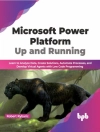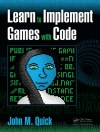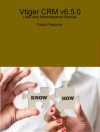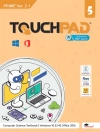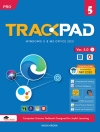A comprehensive guide to secure your future on Cloud
Key Features
● Learn traditional security concepts in the cloud and compare data asset management with on-premises.
● Understand data asset management in the cloud and on-premises.
● Learn about adopting a Dev Sec Ops strategy for scalability and flexibility of cloud infrastructure.
Book Description
Cloud platforms face unique security issues and opportunities because of their evolving designs and API-driven automation. We will learn cloud-specific strategies for securing platforms such as AWS, Microsoft Azure, Google Cloud Platform, Oracle Cloud Infrastructure, and others. The book will help you implement data asset management, identity and access management, network security, vulnerability management, incident response, and compliance in your cloud environment.
This book helps cybersecurity teams strengthen their security posture by mitigating cyber risk when ‘targets’ shift to the cloud. The book will assist you in identifying security issues and show you how to achieve best-in-class cloud security. It also includes new cybersecurity best practices for daily, weekly, and monthly processes that you can combine with your other daily IT and security operations to meet NIST criteria.
This book teaches how to leverage cloud computing by addressing the shared responsibility paradigm required to meet PCI-DSS, ISO 27001/2, and other standards. It will help you choose the right cloud security stack for your ecosystem.
What you will learn
● Understand the critical role of Identity and Access Management (IAM) in cloud environments.
● Address different types of security vulnerabilities in the cloud.
● Develop and apply effective incident response strategies for detecting, responding to, and recovering from security incidents.
Who is this book for?
The primary audience for this book will be the people who are directly or indirectly responsible for the cybersecurity and cloud security of the organization. This includes consultants, advisors, influencers, and those in decision-making roles who are focused on strengthening the cloud security of the organization. This book will also benefit the supporting staff, operations, and implementation teams as it will help them understand and enlighten the real picture of cloud security.
The right audience includes but is not limited to Chief Information Officer (CIO), Chief Information Security Officer (CISO), Chief Technology Officer (CTO), Chief Risk Officer (CRO), Cloud Architect, Cloud Security Architect, and security practice team.
Table of Contents
SECTION I: Overview and Need to Transform to Cloud Landscape
1. Evolution of Cloud Computing and its Impact on Security
2. Understanding the Core Principles of Cloud Security and its Importance
3. Cloud Landscape Assessment and Choosing the Solution for Your Enterprise
SECTION II: Building Blocks of Cloud Security Framework and Adoption Path
4. Cloud Security Architecture and Implementation Framework
5. Native Cloud Security Controls and Building Blocks
6. Examine Regulatory Compliance and Adoption path for Cloud
7. Creating and Enforcing Effective Security Policies
SECTION III: Maturity Path
8. Leveraging Cloud-based Security Solutions for Security-as-a-Service
9. Cloud Security Recommendations and Best Practices


